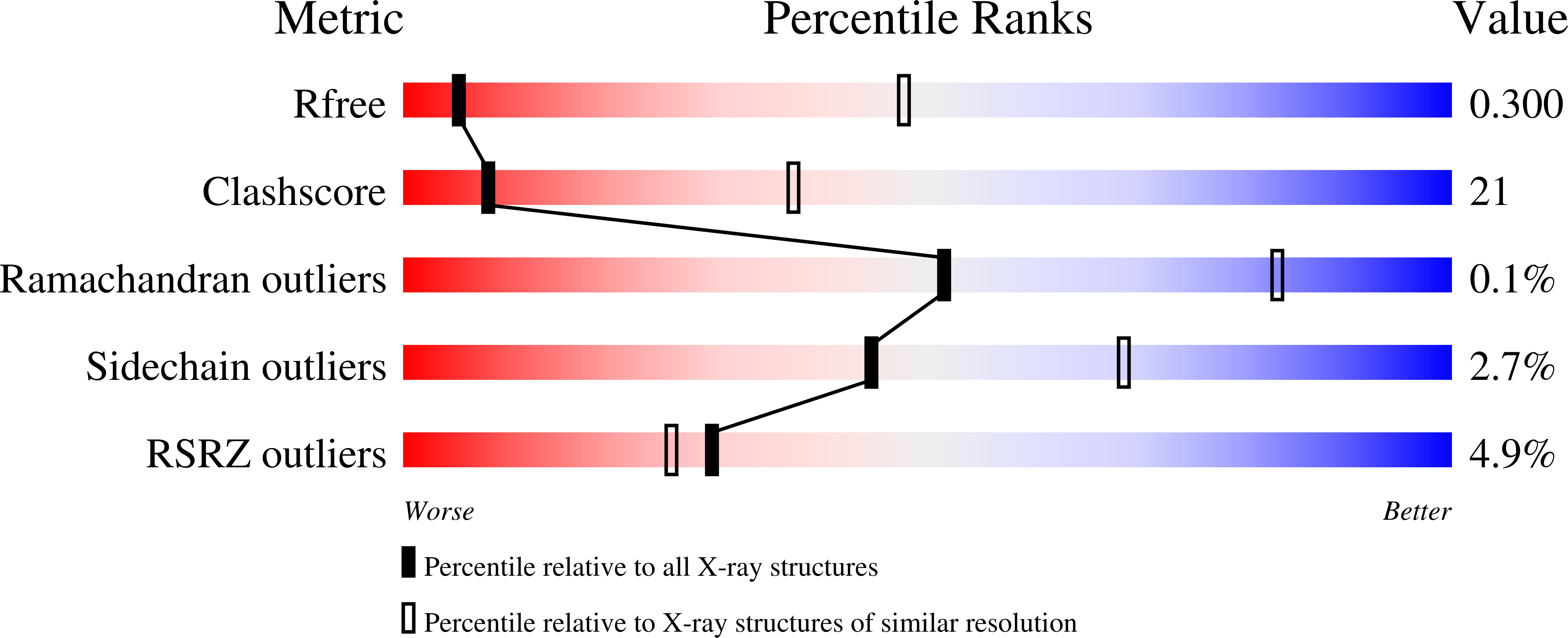
Deposition Date
2022-12-02
Release Date
2023-11-29
Last Version Date
2024-10-30
Entry Detail
Biological Source:
Source Organism:
Bacteroides fragilis (Taxon ID: 817)
Host Organism:
Method Details:
Experimental Method:
Resolution:
3.79 Å
R-Value Free:
0.30
R-Value Work:
0.28
R-Value Observed:
0.28
Space Group:
P 21 21 21


